In the trading session on August 6, the world rubber market recorded mixed fluctuations among key countries. In the domestic market, rubber prices remained stable, with no changes recorded compared to previous sessions.
World rubber price
In the international market, rubber prices in Japan recorded a significant increase on August 6. The August rubber futures contract on the Osaka Exchange (OSE) increased by 2.4%, equivalent to 7.7 yen, to 326.2 yen/kg. This increase was driven by the strengthening of the US dollar and expectations of policies to support production from Malaysia - one of the world's largest rubber exporting countries.
However, the upward trend in Japanese rubber prices is facing profit-taking pressure from investors as the market shows signs of being overbought after a prolonged rally. A report from the Japan Exchange Group said that sell-offs and stop-loss orders have appeared, reflecting a short-term technical correction.
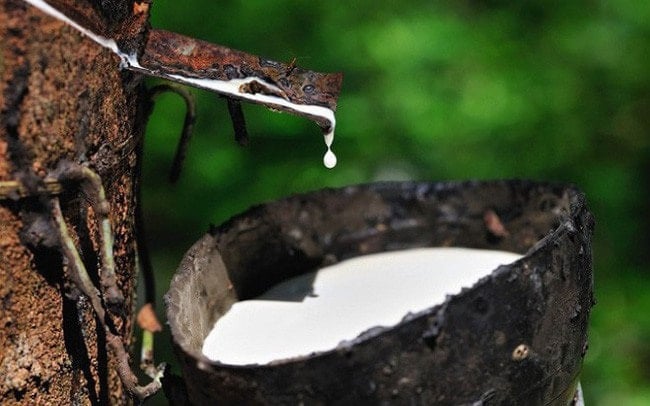
In contrast, in China, rubber prices on the Shanghai Futures Exchange (SHFE) fell 0.9%, or 130 yuan, to 14,275 yuan per tonne. Meanwhile, in Thailand, rubber futures for August delivery fell slightly by 0.6% to 71.15 baht per kilogram.
Another factor supporting rubber prices is the rise in crude oil prices following the announcement from OPEC+ to increase production in September. Rising oil prices lead to an increase in the cost of synthetic rubber production, thereby increasing the attractiveness of natural rubber in the international market.
Overall, the world rubber market is still in a technical adjustment phase and is sensitive to macroeconomic factors, especially monetary policy, exchange rates and oil price fluctuations - factors that have a direct impact on short-term price trends.
Domestic rubber price
On August 6, rubber purchasing prices at domestic enterprises continued to be stable, reflecting the less volatile developments in the domestic market. According to information from major companies in the industry, the current price is maintained to support farmers in the context of volatile international markets.
Phu Rieng Rubber Company Limited announced the purchase price of mixed latex at 390 VND/degree DRC and water latex at 420 VND/degree TSC. Meanwhile, Binh Long Rubber Company maintains the purchase price at the factory at 409 VND/degree TSC/kg and at the production team at 399 VND/degree TSC/kg. DRC 60% mixed latex is currently being purchased at 14,000 VND/kg.
In the Central Highlands region, MangYang Company quoted latex prices ranging from 392 to 396 VND/degree TSC (depending on type), while mixed latex was purchased at between 352 and 401 VND/degree DRC.
Ba Ria Rubber Company also maintained stable prices, with liquid latex purchased at VND385/TSC degree/kg (applied to TSC degrees from 25 to under 30). DRC latex from 35 to 44% is currently purchased at around VND12,300/kg, while raw latex is recorded at around VND15,300 to VND16,500/kg.
Source: https://baolamdong.vn/gia-cao-su-hom-nay-6-8-thi-truong-the-gioi-bien-dong-trai-chieu-trong-nuoc-giu-on-dinh-386521.html


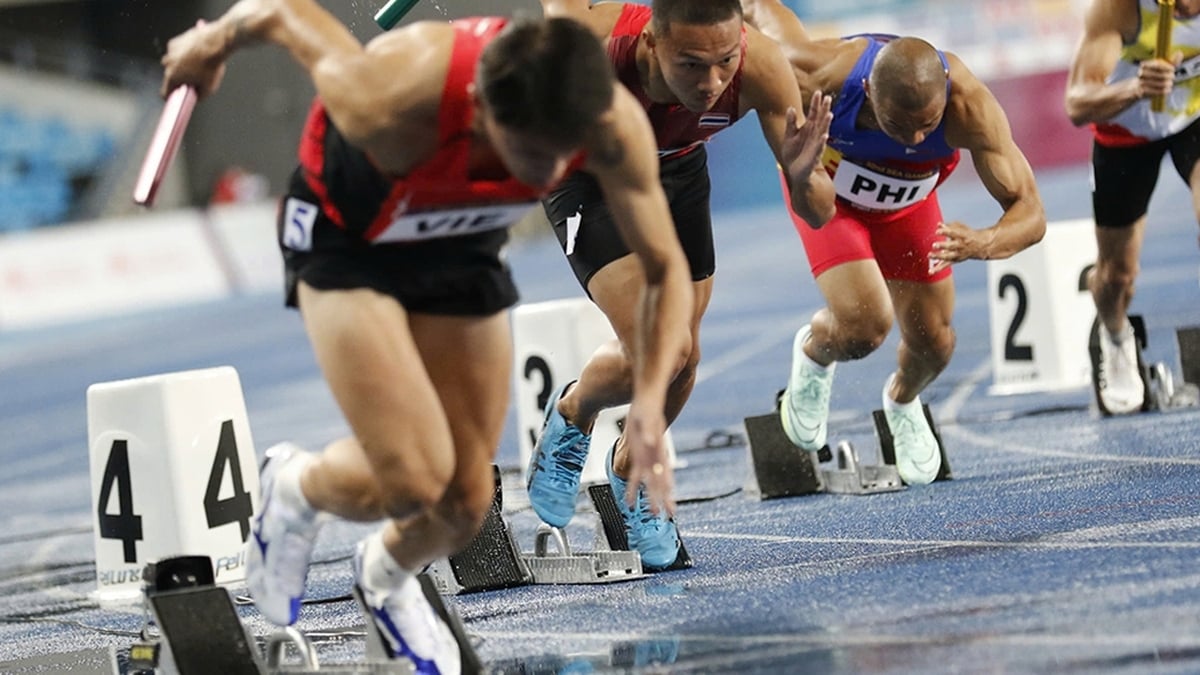




















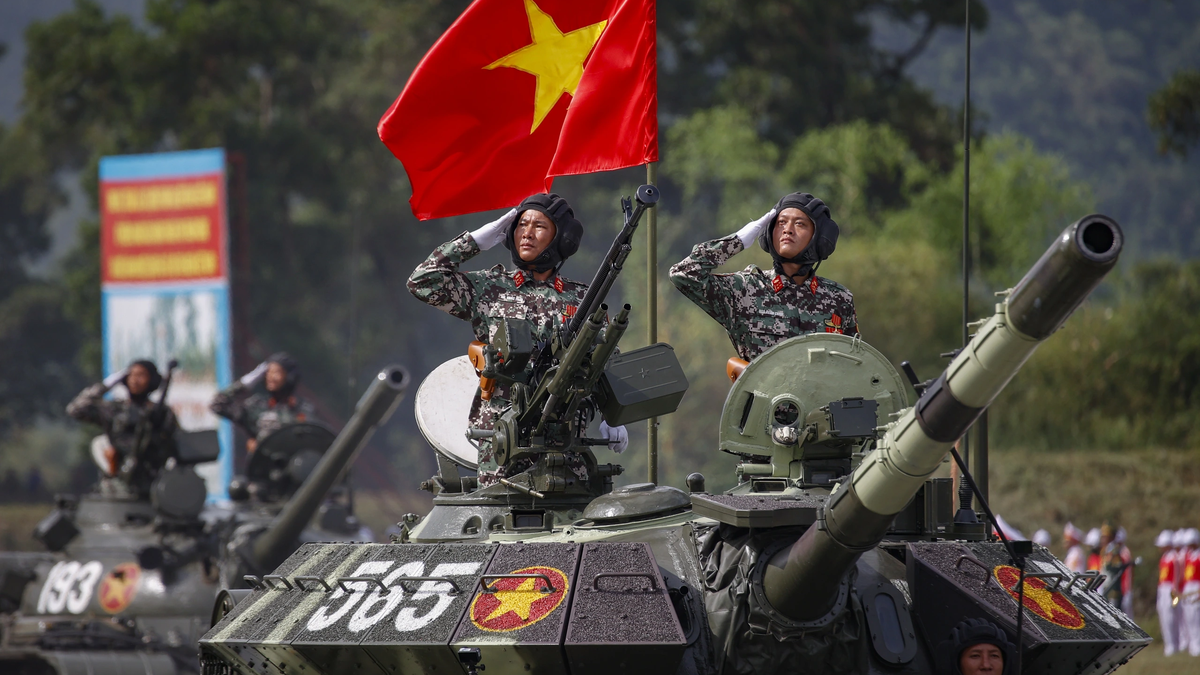


![[Photo] Discover the "wonder" under the sea of Gia Lai](https://vphoto.vietnam.vn/thumb/1200x675/vietnam/resource/IMAGE/2025/8/6/befd4a58bb1245419e86ebe353525f97)


![[Photo] Nghe An: Provincial Road 543D seriously eroded due to floods](https://vphoto.vietnam.vn/thumb/1200x675/vietnam/resource/IMAGE/2025/8/5/5759d3837c26428799f6d929fa274493)





























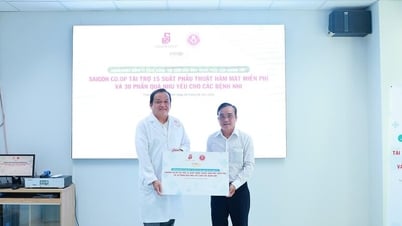





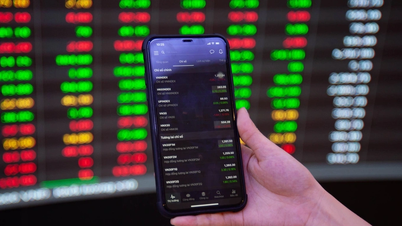
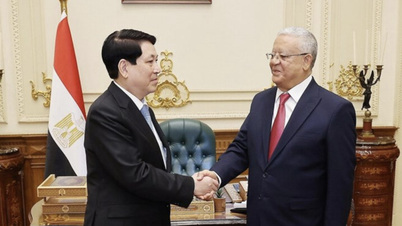

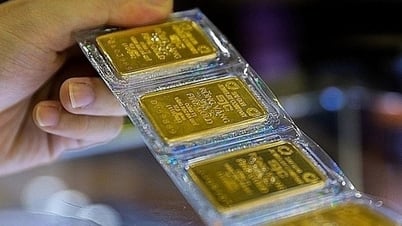


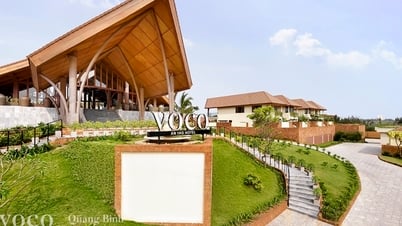
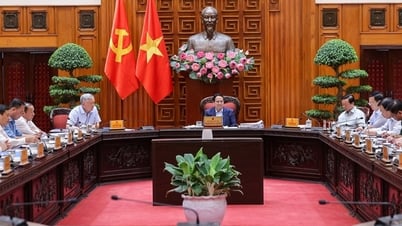
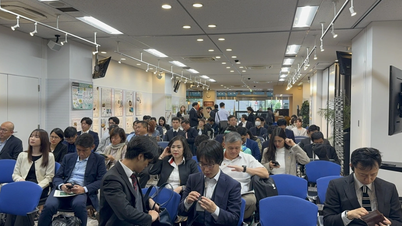


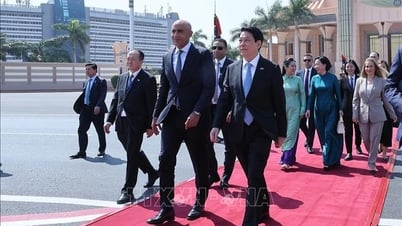

















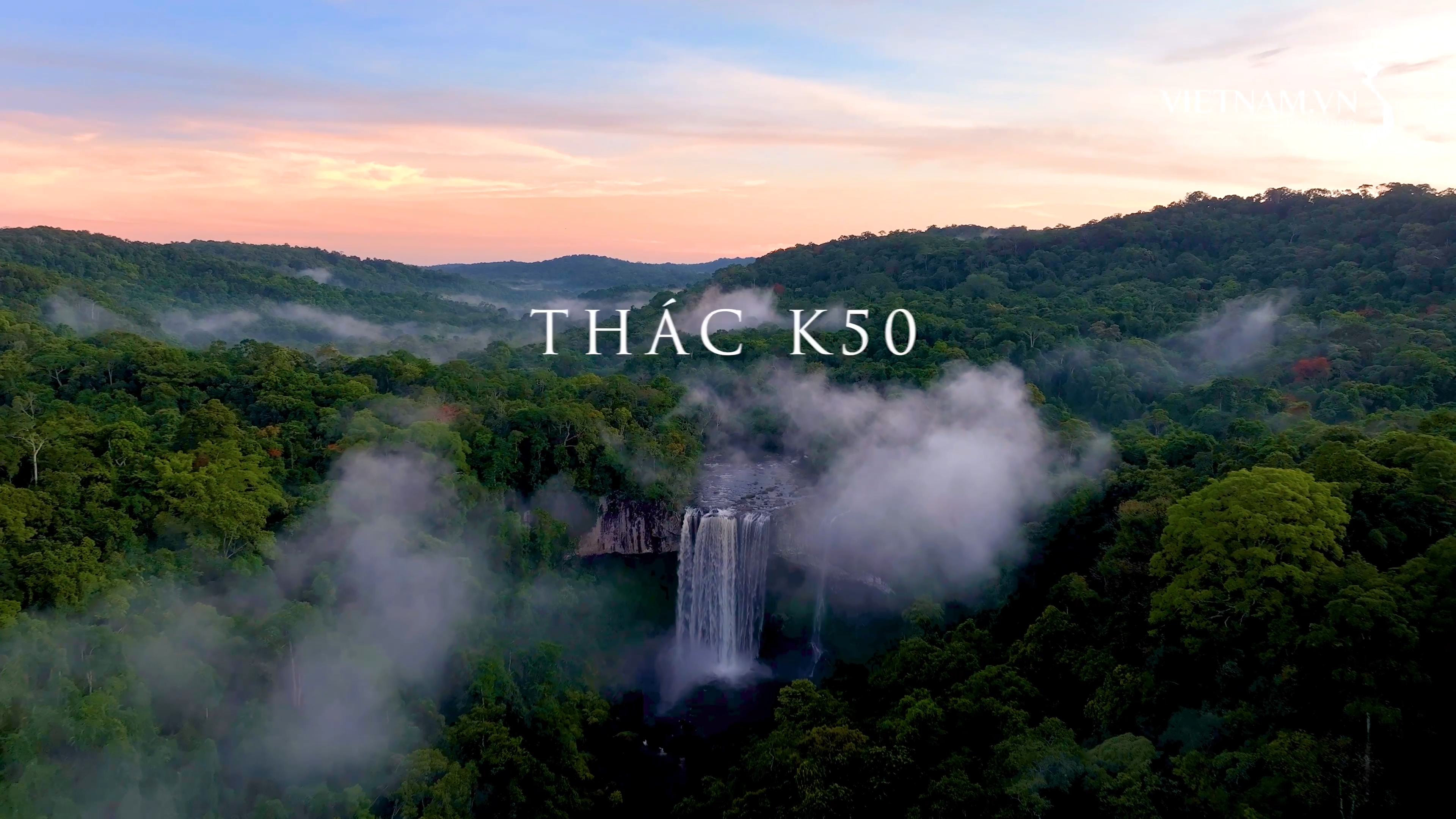



Comment (0)